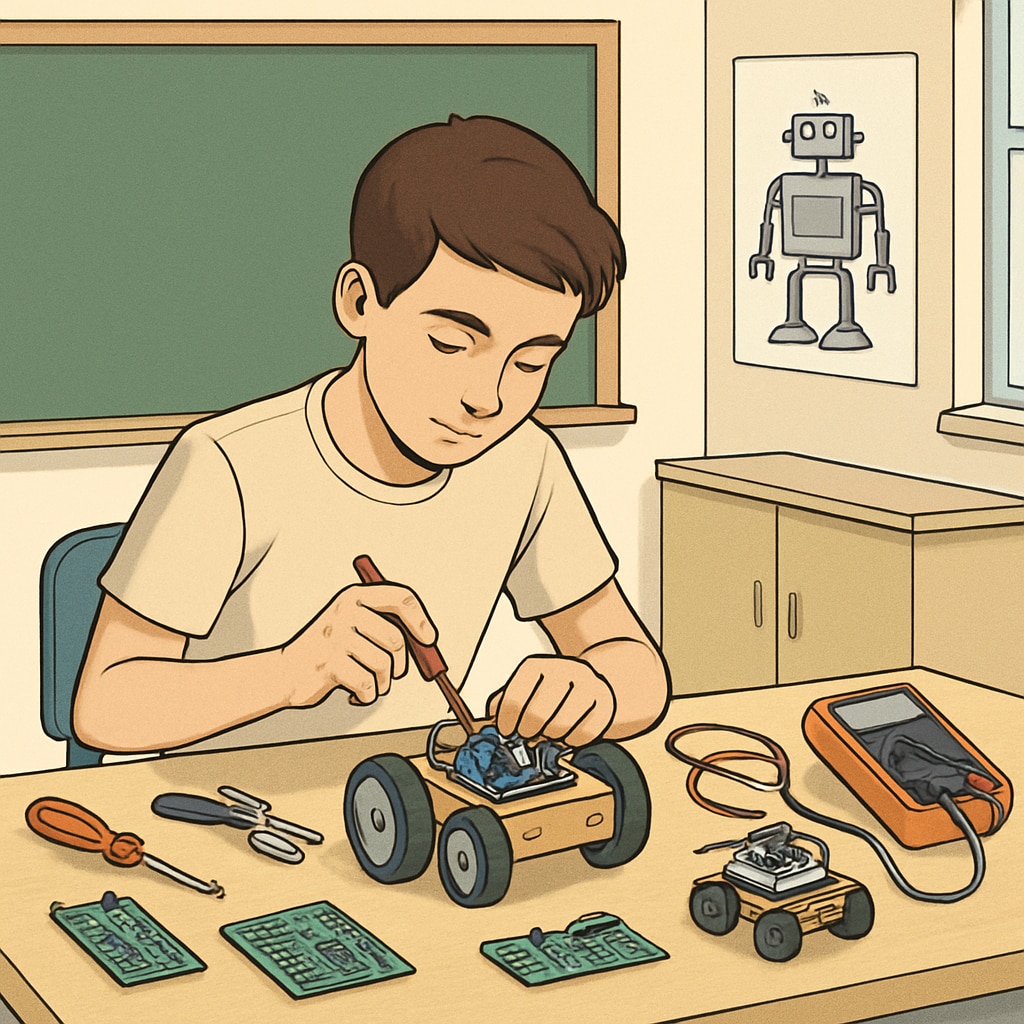In the realm of K-12 education, educators and parents often face a critical question: should students follow structured learning or embrace self-exploration? Both approaches have their merits, and the optimal choice depends on the student’s learning goals, personality, and the demands of specific subjects. Striking the right balance between these methods is essential for fostering effective and enjoyable learning experiences.
Understanding Structured Learning and Self-Exploration
Structured learning refers to a systematic approach where students follow a predefined curriculum, often guided by teachers or educational programs. It is designed to ensure that learners meet specific academic standards and achieve measurable outcomes. For example, many traditional classroom settings heavily rely on structured methods to teach core subjects like mathematics and science.
Self-exploration, on the other hand, emphasizes student autonomy. It encourages individuals to pursue topics of interest at their own pace, often through self-directed research, experiments, or creative projects. This approach is particularly effective in fostering critical thinking, problem-solving, and innovation.

When to Choose Structured Learning
Structured learning is most effective in scenarios where foundational skills or standardized knowledge is required. For instance:
- Complex Topics: Subjects like advanced mathematics or grammar benefit from guided instruction to ensure a clear understanding of intricate concepts.
- Standardized Testing: Preparing for exams requires a focused and systematic approach to cover all necessary content.
- Young Learners: Younger students often need structured guidance to develop essential skills like reading and writing.
Research from sources like Britannica on Education highlights how structured methods help students build a strong academic foundation.
When to Encourage Self-Exploration
Self-exploration is ideal for fostering intrinsic motivation and creativity. It works well in the following situations:
- Passion Projects: Students with a keen interest in topics like art, music, or technology can thrive in unstructured settings where they can innovate freely.
- Developing Soft Skills: Tasks that involve teamwork, leadership, or independent thinking often benefit from a less rigid structure.
- Advanced Learners: High-achieving students may prefer the freedom to delve deeper into subjects at their own pace.
For example, project-based learning on Wikipedia demonstrates how open-ended exploration can lead to powerful educational outcomes.

Finding the Balance: Tailoring the Approach
Deciding whether to lean towards structured learning or self-exploration requires careful consideration of several factors:
- Student Personality: Is the learner self-motivated and curious, or do they thrive under clear guidance and structure?
- Learning Goals: Are the objectives academic mastery, skill development, or fostering creativity?
- Subject Matter: Does the subject demand a systematic approach, or can it flourish under open-ended exploration?
In addition, a hybrid approach often works best. For example, structured sessions can introduce foundational concepts, followed by self-directed projects that allow students to apply their knowledge creatively.
Conclusion: Empowering Students Through Balanced Learning
In the end, the choice between structured learning and self-exploration is not a binary decision. Both methods have their place in education, and the key lies in understanding when to use each approach. By considering the student’s unique needs, goals, and the nature of the subject, educators and parents can create a personalized learning experience that empowers students to succeed academically and personally.
Ultimately, the art of balancing structured learning and self-exploration is about unlocking each student’s potential and instilling a lifelong love for learning.


